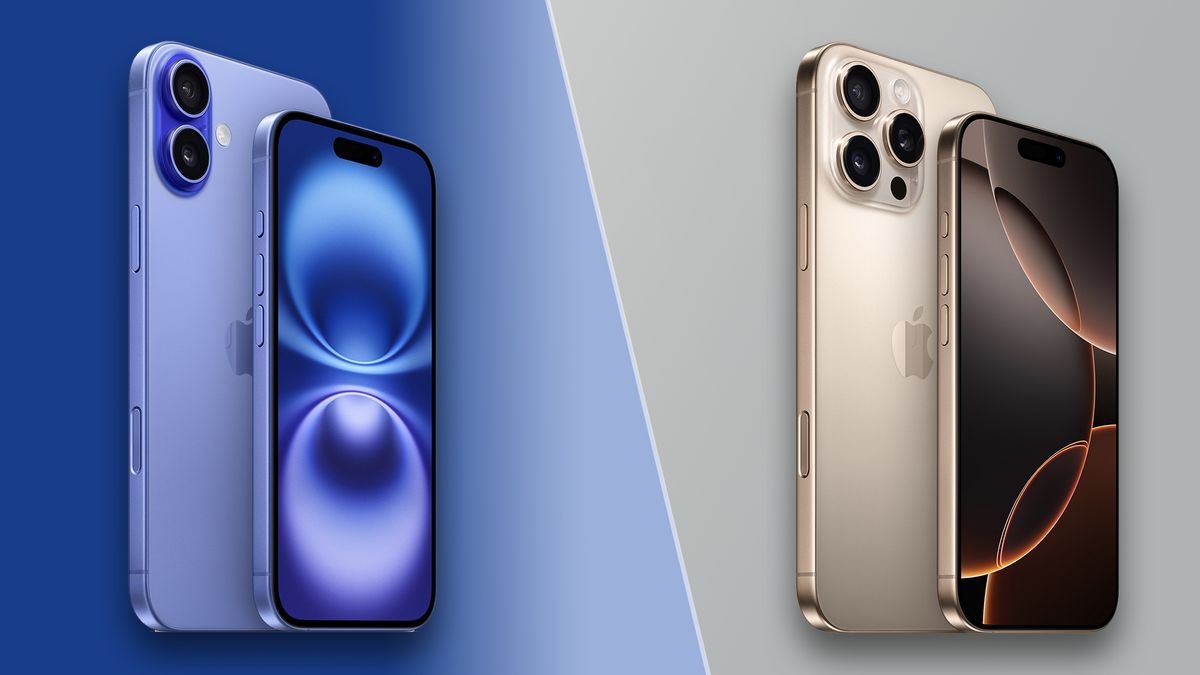I’ve used Pro iPhones for years. Dating back to the iPhone 12 Pro, I made the most of this faster performance and improved camera array but the iPhone 16 just killed any reason for me to buy one.
Now, whatever decision you make will absolutely come down to what you need to do with it. All I can do is make the judgment call based on my workload with an iPhone:
- Your standard things: calls, messages, group chats, doom scrolling TikTok and more.
- Work: Whether I’m on Slack, replying to emails or quickly jotting down some notes for an article, I need my phone to be the all-in-one tool for getting stuff done when I can’t reach for my laptop.
- Photography: From capturing the moments with family and friends to shooting new gadgets I’m reviewing and expressing my creativity on the day-to-day, I need a great snapper to do this — with the versatility of different lens options.
- Videography: I came from a background of being a YouTuber and have the lighting, microphone and backdrop to do it. But the most important piece of kit in my entire setup has been my iPhone and its (in my opinion) superior video capture. My video workload involves capturing content through Filmic Pro, AirDropping it to my M3 Pro MacBook Pro and using my color grading presets to get the right look in a controlled environment.
- Gaming: I’ve got a Backbone One controller, and the iPhone is quickly becoming my portable gaming machine of choice.
And with all of these in mind, my mind was set on moving over to the iPhone 16 Pro. But as the “Glowtime” event finished, I was left with one simple conclusion: a lot of this is going to be unnecessary for the vast majority of users. In fact, with iPhone 16 sharing a lot of the Pro’s best features, the standard model is the one to buy for me and pretty much everyone.
Pro-overkill
So what makes the Pro a Pro this year when compared to the standard iPhone 16? I mean they have the same new Camera Control and Action Buttons now. But there are some differences that may make the world of difference for you:
- The A18 Pro inside has a 6-core GPU compared to the A18’s 5-core graphics
- The ultra-wide camera on iPhone 16 Pro is a 48MP shooter compared to the iPhone 16’s 12MP
- As is customary, the Pro has a 12MP telephoto. The standard iPhone does not have a telephoto lens.
- The iPhone 16 Pro can shoot 4K Dolby Vision, ProRes or Log video at 120 FPS. The iPhone 16 doesn’t offer these professional videography standards
- The iPhone 16 Pro has “four studio-quality mics” that enable some nifty post-record audio editing, which the 16 doesn’t have.
- Going pro gets you dual-frequency GPS, whereas the standard gets single
- And finally, the iPhone 16 Pro’s USB-C connector has support for USB 3 (up to 10Gb/s data transfer), whereas the 16 has USB 2 (480Mb/s)
I know that there are going to be some of you out there positively salivating at the ways you can use these tweaks, and more power to you. But in reality, with what the 16 and 16 Pro have in common, they are closer than ever — meaning you could save yourself $200 and still get a banger of a smartphone.
Because let’s be real, okay? Chances are a lot of people are going to buy the iPhone 16 Pro — automatically going for the best one — and then never use it to its full potential. I mean I made that mistake with the 15 Pro.
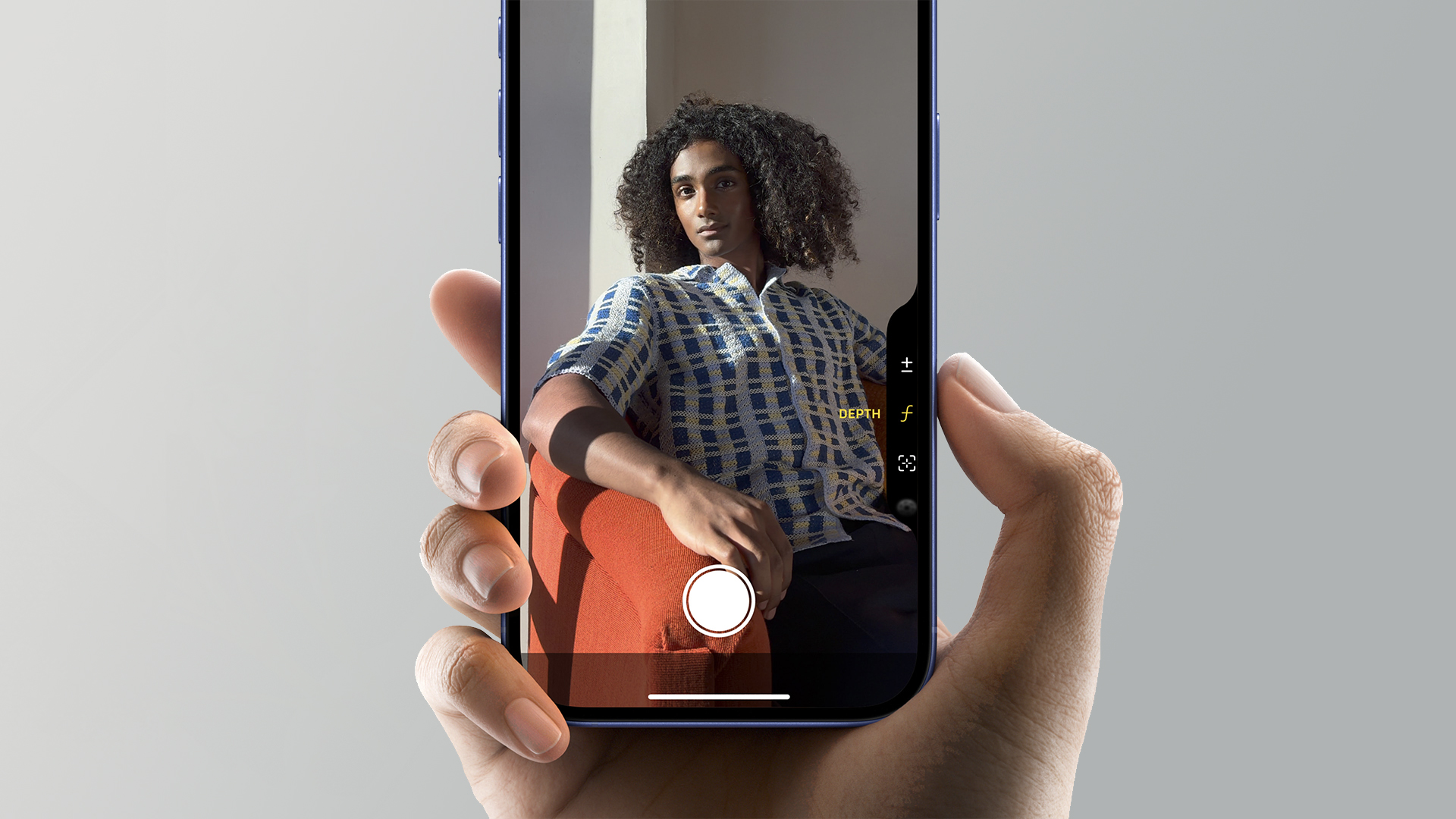
Not once have I ever used the USB 3 data speeds for an external SSD while filming, as I’m transferring quickly and deleting. The Academy Color Encoding System and ProRes video recording have gone untouched, because my color grading is built around the processed video. And probably most alarming, the number of telephoto shots remains at a paltry low, as I have simply no use for it in what photos I take.
Plus, I’m certain that the rest of my day-to-day tasks would’ve been easily handled by a standard iPhone. Watching this event has been an eye-opening experience about how I didn’t actually need as much of what the Pro actually offers. This is overkill and a lot of you won’t need it too.
iPhone 16 vs iPhone 16 Pro: More in common
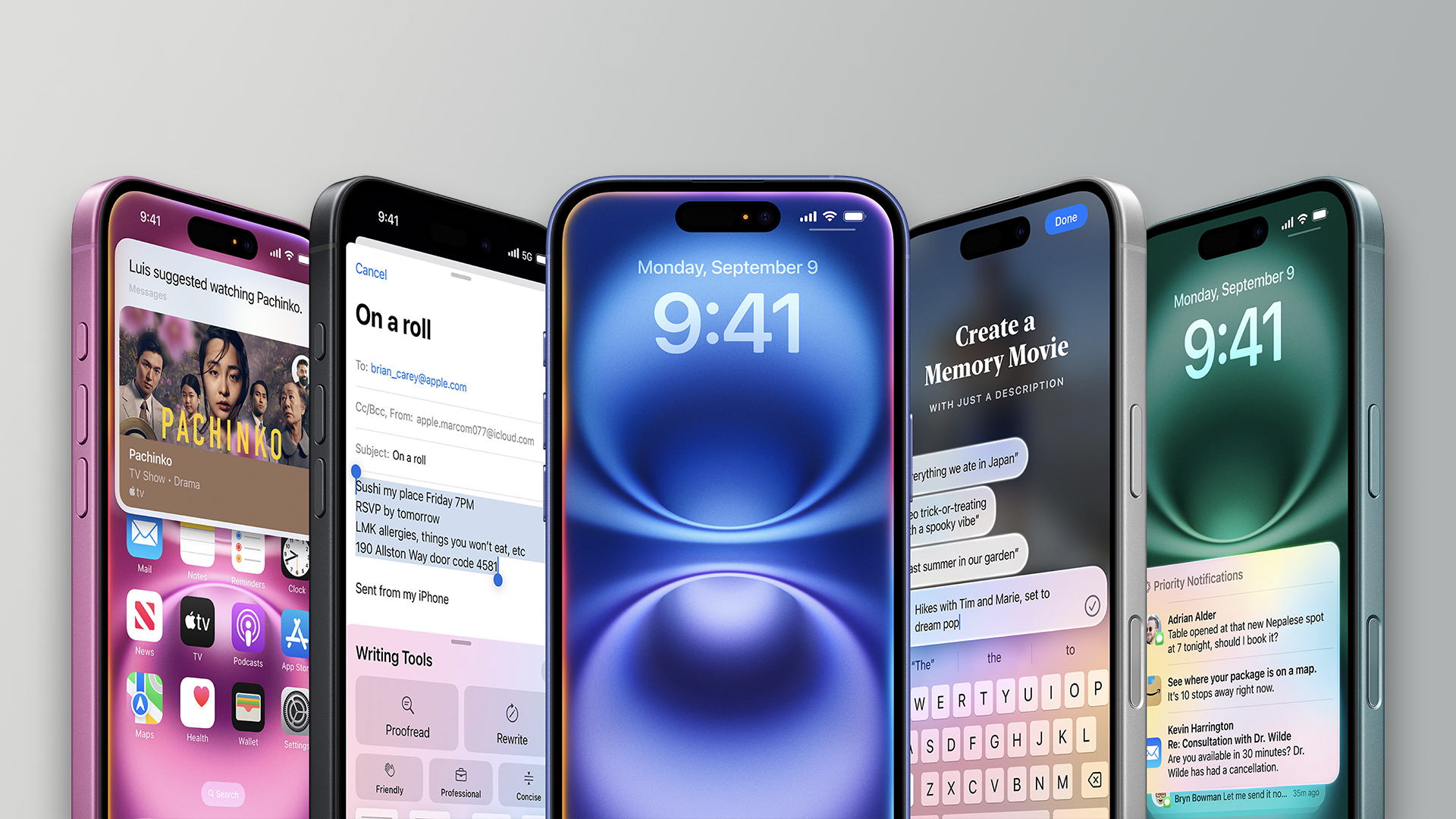
Beyond what I said before (and a difference in battery capacities and display sizes), they’re very similar — more alike than they’ve been in years. Both now have that 48MP Fusion camera (the iPhone 16 actually has a wider aperture than 16 Pro to let in a little more light), both have Camera Control buttons, and Apple has finally killed the silent switch and given us the Action Button across the whole lineup.
The Cupertino crew are still hammering on about mapping a singular function to this button, but I have a fix to that, which lets you map up to six tasks to the button (spoiler alert: it’s all about your phone’s orientation).
Alongside this, if you’re OK with giving up a graphics core that will slightly slow down gaming performance and creative edits, the A18 looks the same as the Pro in terms of core configuration and the Neural Engine. This means you’re getting the same Apple Intelligence across the board, including that oh-so smooth implementation of vision AI — seriously, I fell in love with that demo.
But 60Hz will stings…sort of
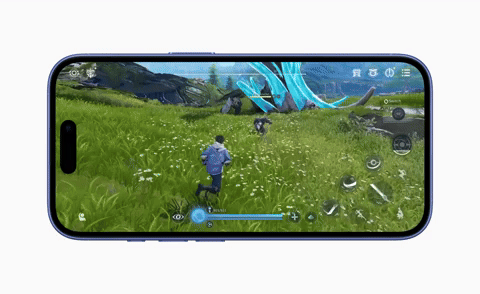
Look, I’m going to level with you. By this point, I don’t think Apple’s ever going to just bite the bullet and give us a 120Hz screen on a standard iPhone. That smoothness is just too good of an enticing selling point to get people to upgrade.
But then I got thinking a little more, and it hit me harder than a freight train. A learned behavior since the iPhone 13 Pro has been to put the phone on Low Power Mode — the stamina of the 13 always made me nervous.
And since then, that has always been the same, so realistically, across all these generations, I’ve just lived with the display constrained to 60Hz and been just fine with it. This is not to excuse Apple from not having it as standard in 2024, as there are far cheaper phones with far smoother displays. But it gave me food for thought that maybe it’s not the end of the world if I give up this feature to save cost.
“If you don’t need it, don’t buy it.”
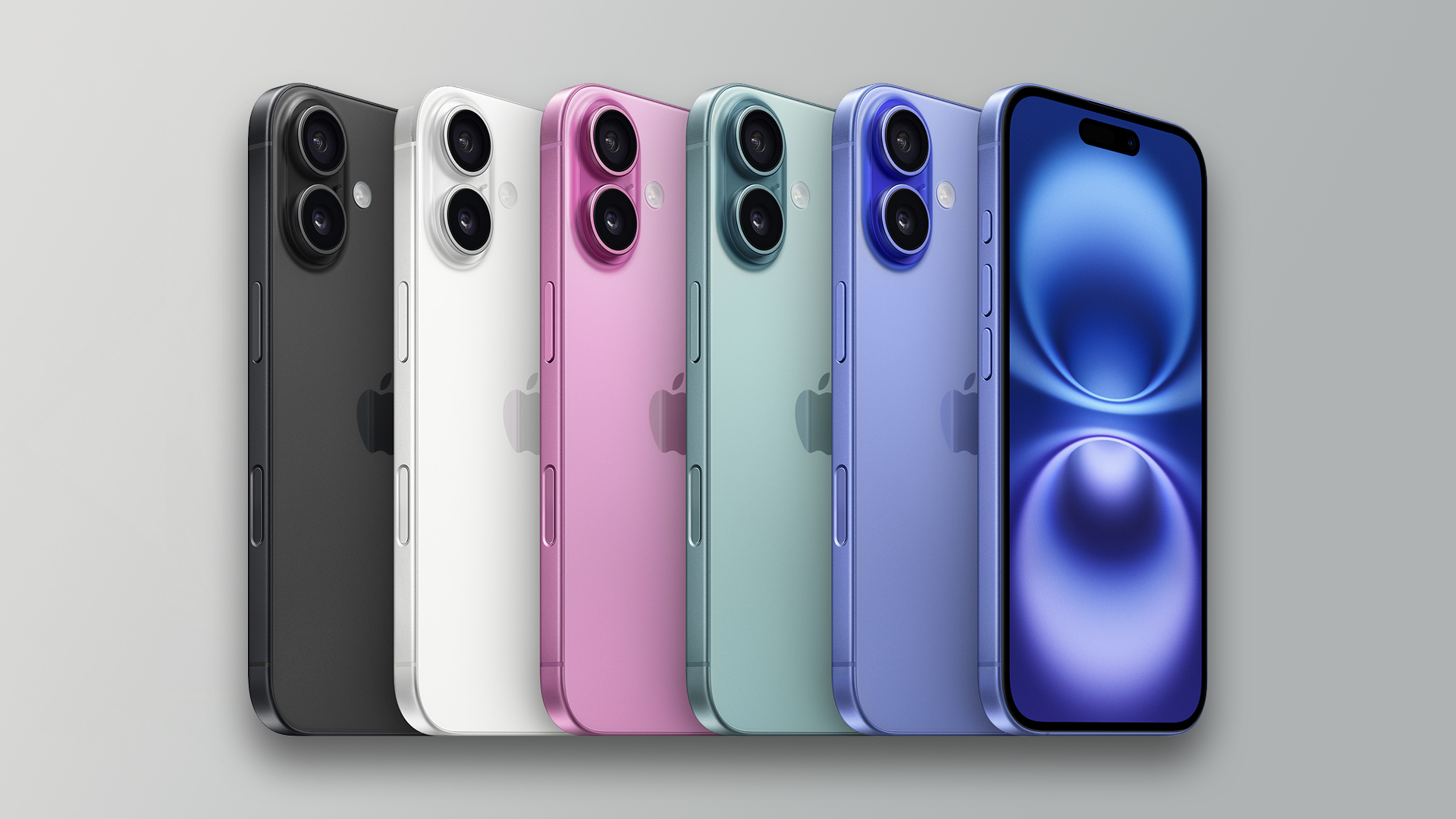
This is advice my Grandad always gave me as a kid, which I went on to not listen to while buying yet another PS1 game. But in an iPhone 16 world, this is more important than ever.
Differences between the 16 and 16 Pro are definitely present, but said differences aren’t necessarily things the vast majority of people will ever actually use. That’s what I’ve learnt after five years of owning Pro iPhones.
So this is the year, dear reader, that I will be trading down, and I bet I won’t have a single regret about it — especially since that new blue finish is jaw dropping.

